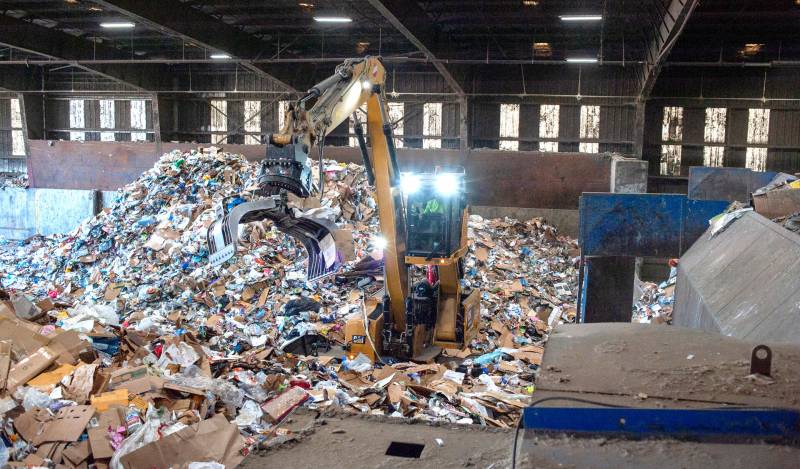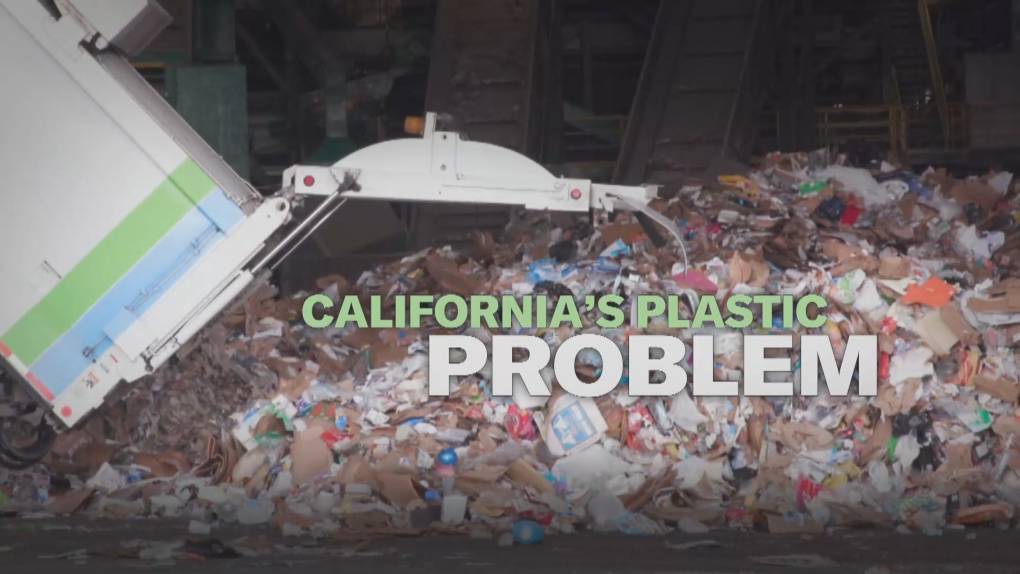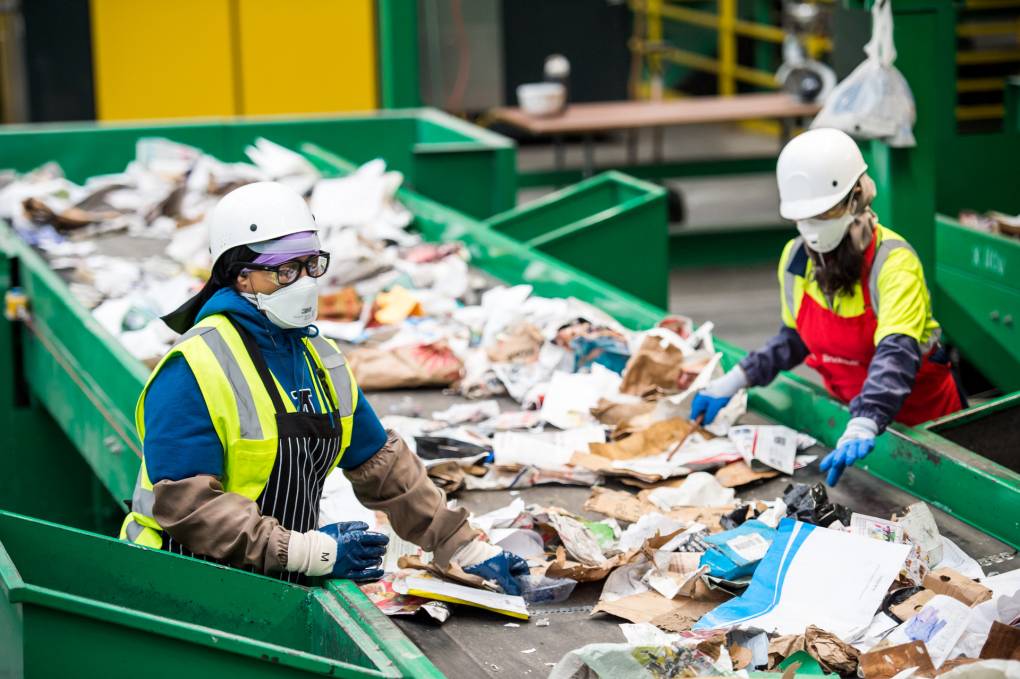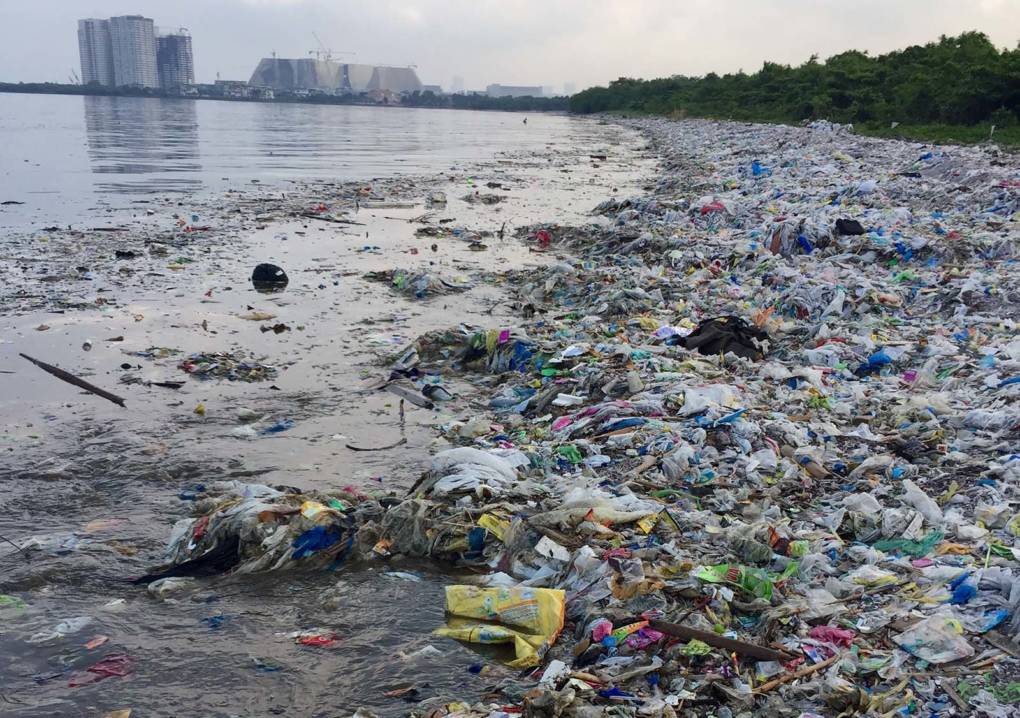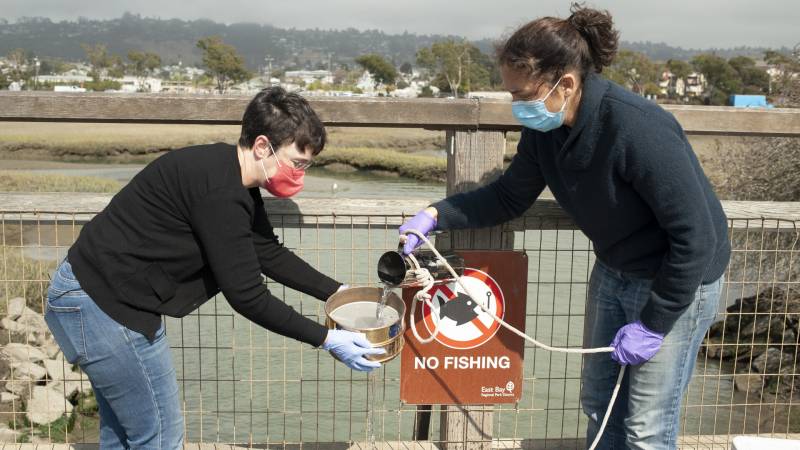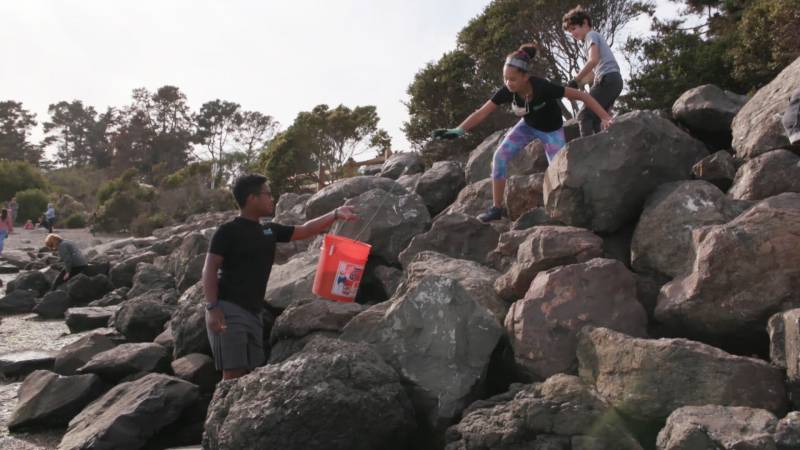Updated Nov. 2, 2022: This story was originally published Jan. 24, 2022. Since then, a version of Senate Bill 54, covered in this article, was signed into law in June. The new law requires most single-use plastic packaging and foodware be reusable, compostable, refillable or recyclable by 2032 — with definitions for what is “recyclable” to be set by state agency CalRecycle. Plastic producers will also be required to pay into a plastic pollution mitigation fund. Because of the passage of SB 54, proponents of a voter initiative addressing very similar goals removed their measure from the November 2022 ballot.
Original Article:
California dumps more than 12,000 tons of plastic into landfills every day — enough to fill 219 Olympic-size swimming pools, according to CalRecycle, the state’s recycling and waste management agency. The state boasts one of the highest recycling rates in the country, especially of cans and bottles, but despite decades of investment in infrastructure and machinery, the system remains overwhelmed by plastic.
A trip to a recycling processing center helps explain why.
Inside one of Republic Services’ massive facilities in Milpitas, an impressive array of high-tech machines sort through tons of material from residents’ recycling bins, separating metal from plastic from paper. Some of the machines use magnets, eddy currents or puffs of air blown through hundreds of nozzles to sort the materials; others identify different kinds of plastic with optical scanners. Whizzing conveyor belts ferry it all from one machine to the next, until the recyclables are sorted, baled, and eventually shipped and sold.
Not all plastic is created equal
One of plastic recycling’s success stories is HDPE, or high-density polyethylene, the translucent plastic commonly used in milk jugs, shampoo bottles and cutting boards.
“In today’s marketplace, this is the most valuable commodity that we produce at this location,” said Pete Keller, the company’s vice president of sustainability. “These materials are non-pigmented, so any downstream consumer of this material could turn it into any color they want to.”
HDPE is currently fetching a price of $1 per pound, or over $2,000 per ton, according to Keller. “I wish we had more of it,” he said.
That price is partially driven by demand resulting from so-called sustainability commitments major manufacturers have made to use recycled plastic. Naked Juice, for instance, makes its juice bottles from 100% post-consumer recycled plastic, while Danone has pledged to make all of its evian water bottles from 100% recycled plastic by 2025.
In a push to boost demand for plastic that is recycled, like HDPE, California lawmakers in 2020 passed a “minimum recycled content” bill. Assembly Bill 793, which went into effect on Jan. 1, mandates that most plastic beverage bottles contain a minimum amount of recycled content. Specifically, all plastic bottles that can be redeemed for $0.05 or $0.10 must contain no less than:
- 15% recycled plastic starting Jan. 1, 2022
- 25% recycled plastic starting Jan. 1, 2025
- 50% recycled plastic starting Jan. 1, 2030
The law, one of the first of its kind in the nation, is targeted at bottle manufacturers, most of whom still use new plastic — or “virgin resin” — which is typically cheaper than recycled plastic.
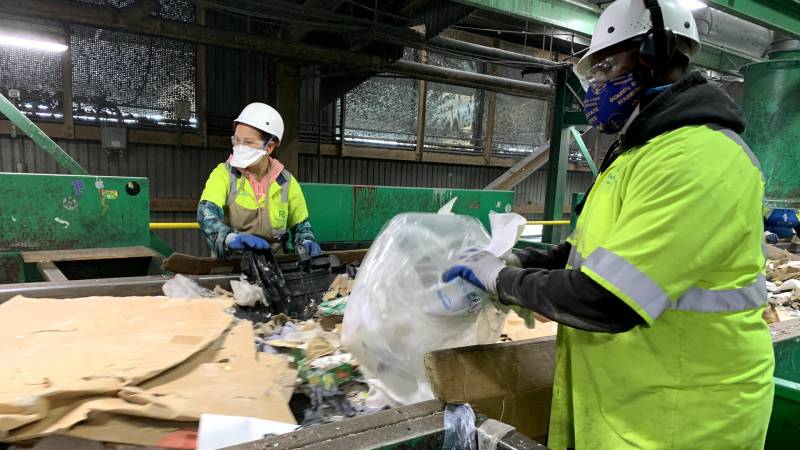
In addition to HDPE, PET plastic, or polyethylene terephthalate, can be recycled into clamshells — the clear boxes that strawberries are often packed in — or spun into polyester for clothing. Some denser plastics can also be recycled into pipes, plastic lumber, carpets or buckets.
But current recycling markets only accept a fraction of the plastic that’s marked with the three-arrow recycling symbol. Until a few years ago, this problem was largely concealed because the U.S. shipped most of its plastic waste to China, where it was ostensibly being recycled. But in 2018, citing its own environmental concerns, China began banning imports of most solid materials, including most plastics.
That’s forcing domestic recyclers to confront the real challenges of recycling plastic. For one, plastic comes in a myriad of chemical formulations, densities, transparencies and colors. Many products are made of mixed materials: a bottle of hand soap, for example, might contain four different kinds of plastic, plus a metal spring nestled inside the pump.
Even if there were markets for all these different kinds of plastic, sorting and separating them would be a gargantuan task.
“There’s just so many types of plastic. We can’t recycle them all. We can’t manage them all,” said Robert Reed, public relations manager for Recology, which handles San Francisco’s waste and recycling. “You can’t recycle your way out of the larger plastic problem.”
So most plastic — in fact, almost all of it — ends up in landfills: plastic forks and knives, coffee cups and takeout boxes, used cosmetics, styrofoam trays, and most kinds of plastic bags, from shopping bags to those used for frozen peas.
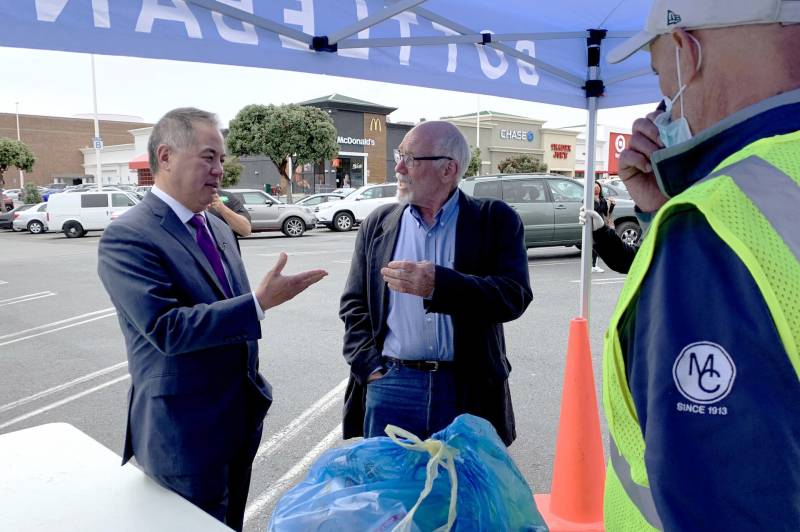
Legislative efforts bogged down
San Francisco Democratic Assemblymember Phil Ting, who introduced AB 793, has tried to expand the law’s reach by proposing a similar bill requiring the recycling of thermoform plastic, a group of plastics formed using heat. That legislation, however, got bogged down last year over concerns that infrastructure wasn’t yet in place to accommodate an additional plastic recycling mandate.
In fact, many of the more ambitious plastic recycling-related bills floated last year didn’t survive, including AB 1371, introduced by state Assemblymember Laura Friedman, D-Burbank, which would have banned the use of plastic packaging for online purchases. The bill failed to receive the 41 votes necessary to make it out of the Assembly.
“Globally, the e-commerce industry uses nearly 2.1 billion, with a ‘B,’ pounds of plastic packaging. … With almost a third of the world’s population now buying online, the amount of plastic packaging generated is estimated to double by 2025,” Friedman told the Assembly Natural Resources Committee last April. “This is low-hanging fruit, members, and something that is really, really a scourge.”
